Learn More About “Purge and Trap”
About purge and trap, do you purge clearly? And do you really trap accurately?
1. Fundamentals of Purge and Trap
Dynamic headspace is relative to static headspace. Different from the static headspace, the dynamic headspace does not analyze the headspace sample in an equilibrium state, but uses flowing gas to “sweep” the volatile components in the sample, and then uses a trap to sweep out the substances After adsorption, the sample was sent to GC for analysis by thermal desorption. Therefore, it is usually called the purge-and-trap (Pung&Trap) sampling technique, which we also use below.
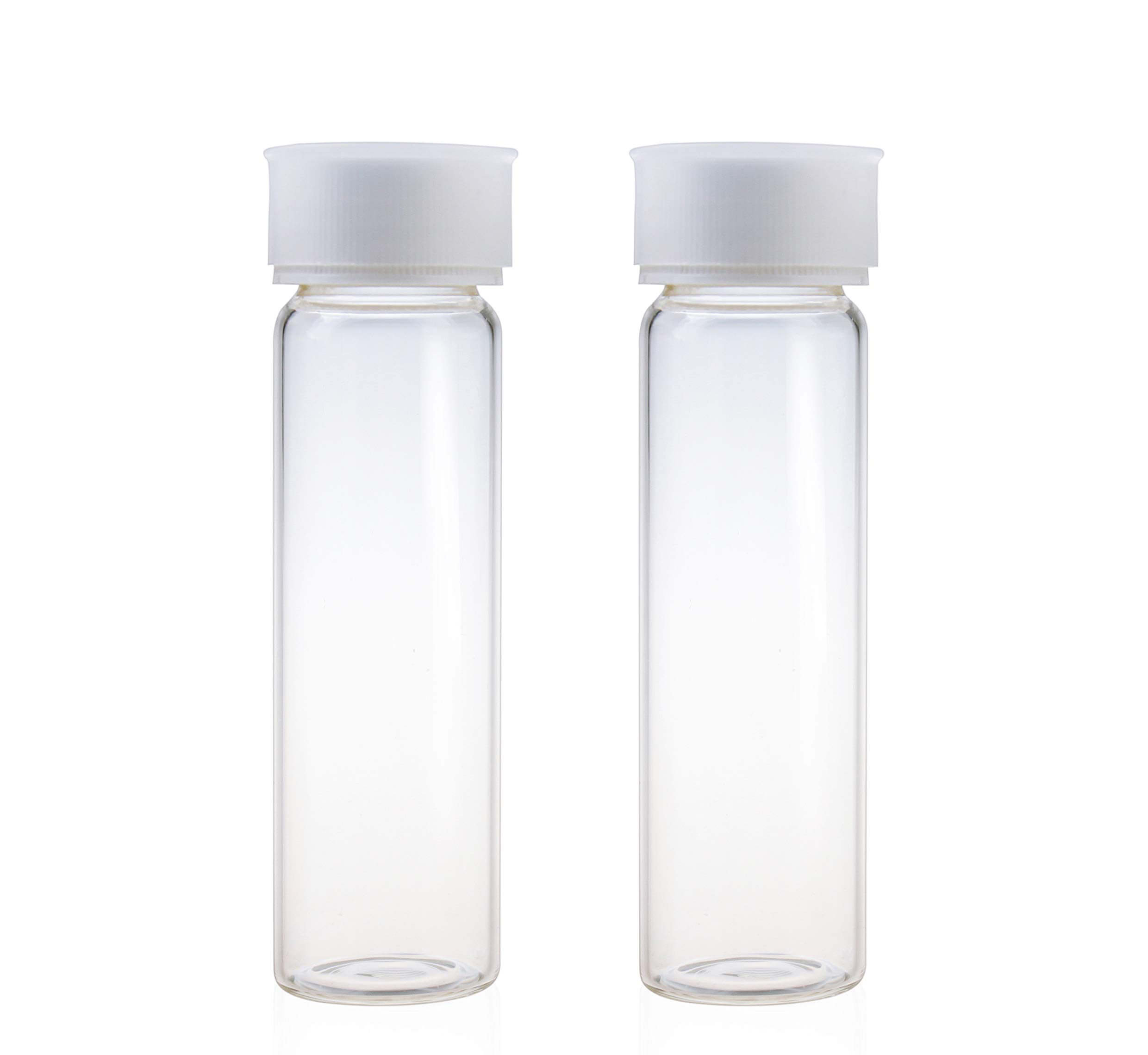
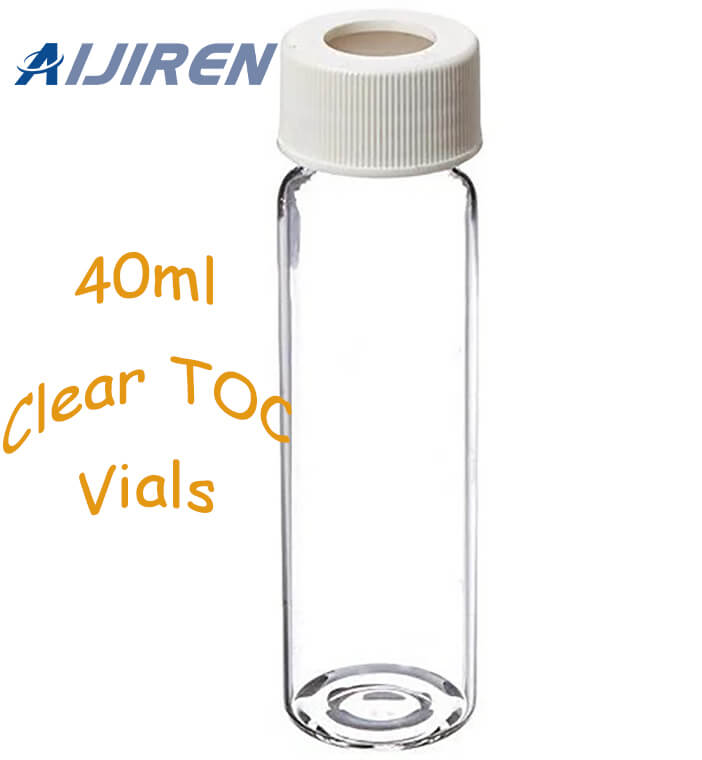
In most purge-and-trap applications, ammonia is used as the sweep gas, which is bubbled through the sample solution. Under continuous airflow, the volatile components in the sample escape with the ammonia gas and are concentrated by a trapping device equipped with an adsorbent. After a certain purging time, the components to be measured enter the trap completely or quantitatively. At this time, the purge gas is turned off, and the trap is connected to the carrier gas path of the GC through the switching valve. At the same time, the trap tube is rapidly heated to desorb the trapped sample components and then enter the GC for separation and analysis with the carrier gas. Therefore, the purge-trap principle is dynamic headspace extraction-adsorption trap-thermal desorption-GC analysis.
Purge-and-trap sampling is widely used in environmental analysis, such as the analysis of organic pollutants in drinking water or wastewater. It is also used for the analysis of volatile substances (such as odor components) in food. Obviously, many samples analyzed by purge-trap technology can also be analyzed by static headspace technology, but the former has higher sensitivity and can analyze the analysis with a relatively high boiling point (low vapor pressure), and purge-trap is generally better than static headspace technology. Headspace equilibration time is short.
2. Selection of System Operating Conditions
(1) Temperature
There are three temperatures to be controlled in purge-trap analysis, the first being the sample purge temperature. The aqueous solution is mostly purged at room temperature, as long as the purging time is long enough, it can meet the analysis requirements. Sometimes in order to shorten the purging time, the sample can also be heated, but the side effect of increasing the temperature is to increase the volatilization of water. For non-aqueous solutions, such as some meat products, a higher purge temperature is used.
The second is the trap temperature. There is a difference between adsorption temperature and desorption temperature. The adsorption temperature is usually room temperature, but low-temperature freezing capture technology can also be used for gases that are not easily adsorbed. That is, use cold air, liquid carbon dioxide or liquid nitrogen to control the temperature of the trapping tube. As for the desorption temperature, it is an important parameter of the purge-trap technology, which should be optimized and determined according to the properties of the components to be measured and the properties of the adsorbent.

The desorption temperature of the commercial automatic purge-trap injector can reach up to 450°C, but most of the standard methods for environmental analysis (such as American method A) use a purge temperature of about 200T.
The third is the temperature of the connecting tubing, which should be high enough to prevent condensation of the sample. The commonly used connecting pipe temperature for environmental analysis is 80-150°C.
(2) Purge gas flow rate and purge time
The purge gas flow rate depends on the concentration of the analyte in the sample, its volatility, its interaction with the sample matrix (such as solubility), and its adsorption in the trapping tube. When using ammonia, the flow rate range is 20-60ml/min. It can be slightly higher when using gas, but the purging effect of nitrogen is not as good as that of regas. The reason is that nitrogen is more soluble in water than ammonia. Note that when the purge flow rate is too high, it will affect the trapping of the sample, resulting in the loss of sample components.
The carrier gas flow rate during desorption depends primarily on the column used. When using a packed column, it is 30~40ml/min; when using a large diameter column, it is 5~10ml/min; when using a conventional capillary column, the carrier gas flow rate should be set according to the split or splitless mode.
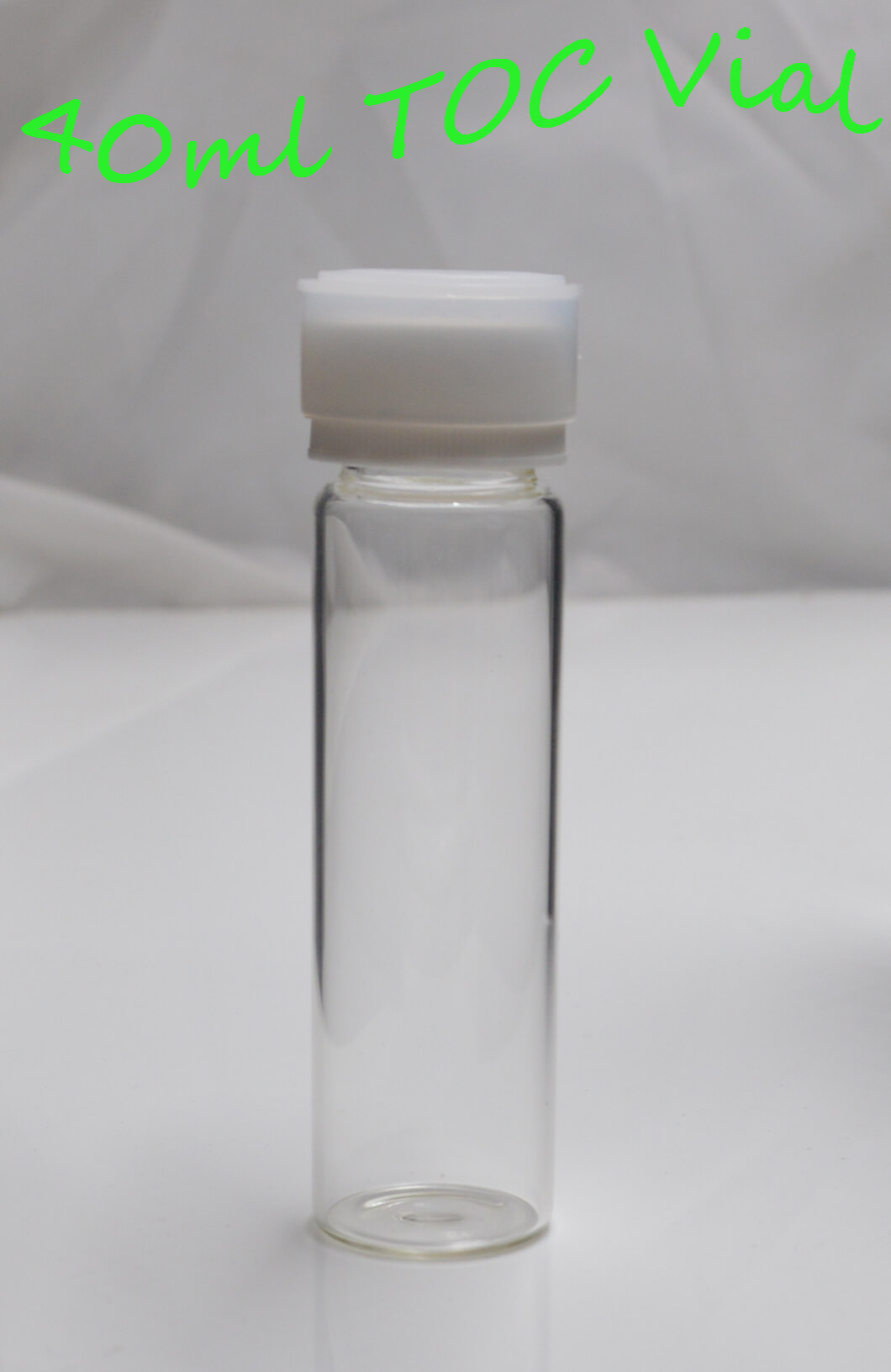
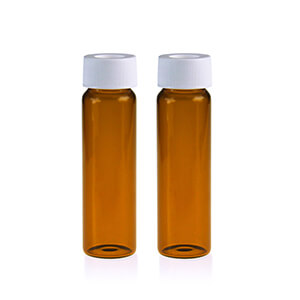
Purge time is one of the important parameters of purge-trap technology, which must be optimized and determined according to specific samples. In principle, the longer the purge time, the higher the analytical reproducibility and sensitivity. However, considering the analysis time and work efficiency, the shortest possible purge time should be selected on the premise of satisfying the analysis requirements. In actual work, the purge time can be determined by measuring the recovery rate of the standard sample.
For example, to determine pollutants such as benzene and ethylbenzene in wastewater, uncontaminated clean water can be used as a blank sample, and the analyte is added quantitatively, and then the recovery curve of different purge times is drawn through experiments.
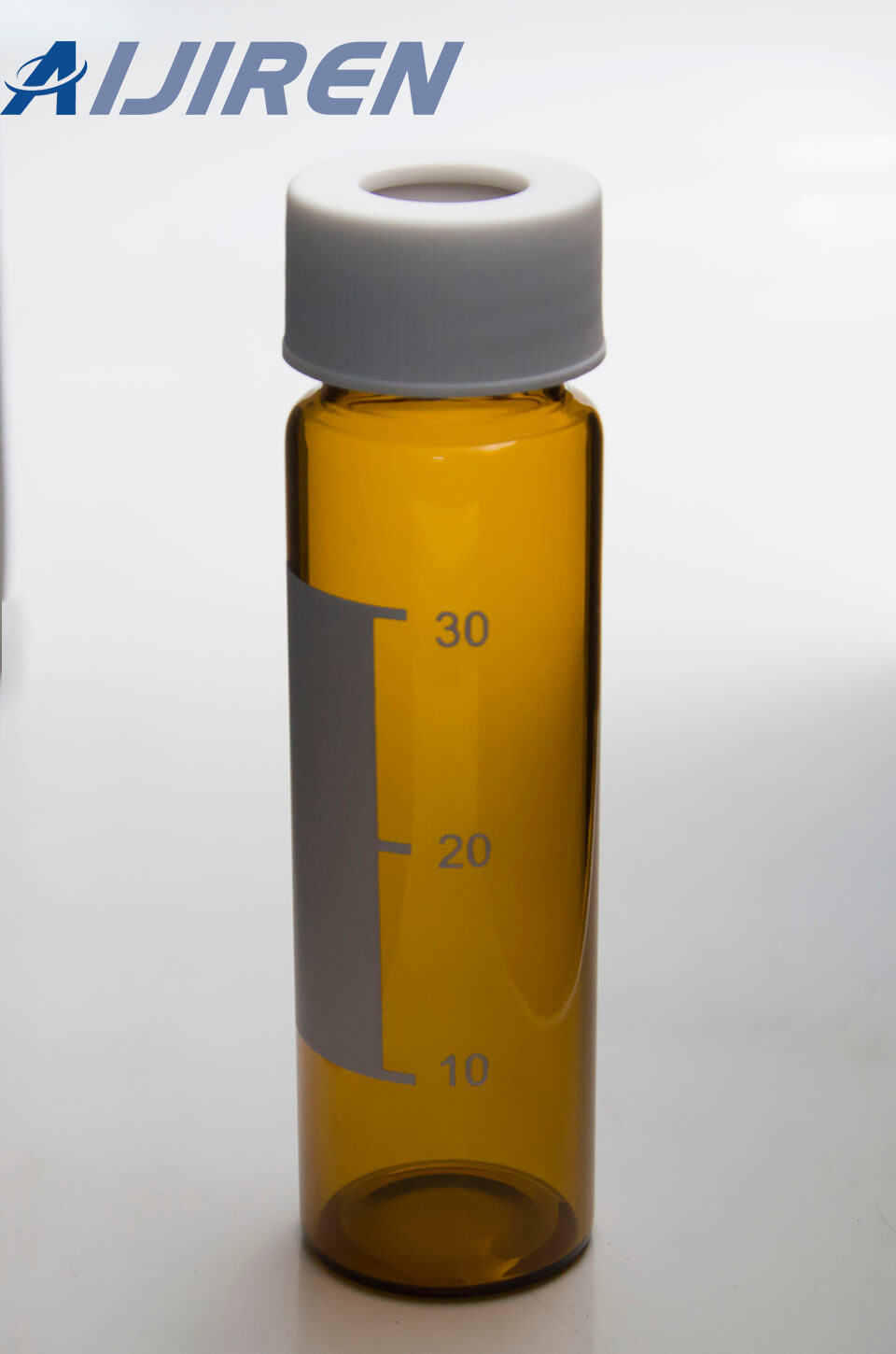
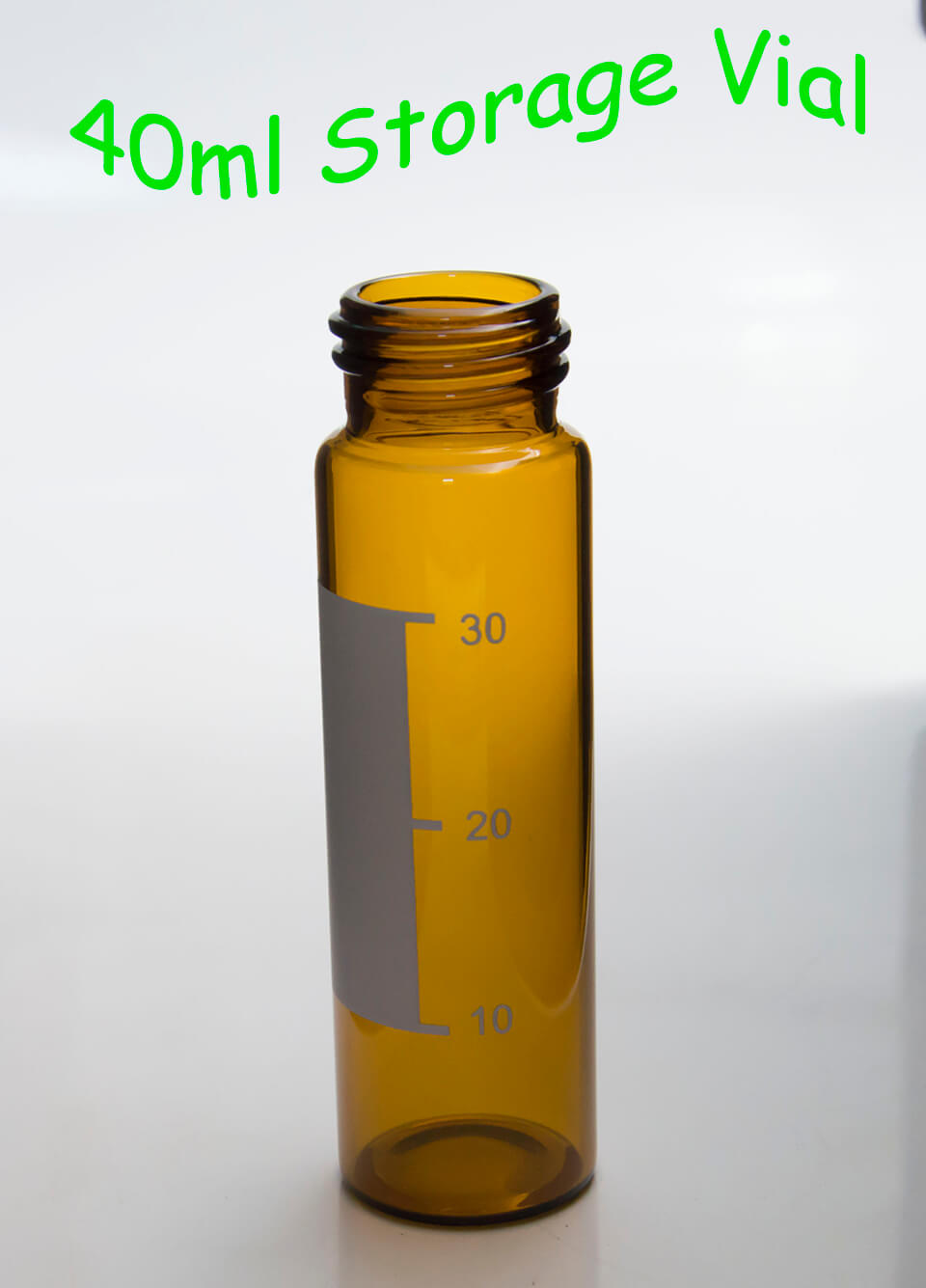
3. Factors of affecting results
There are basically two factors that affect the results of purge and trap determination, one is the purge-trap injector itself, and the other is the GC conditions. The former includes desorption temperature, purge gas flow velocity, purge time and analysis conditions, etc., so these conditions should be strictly controlled for their reproducibility. And the latter is the same as normal GC. It is recommended to use the internal standard method or standard addition method for quantification to reduce the influence of fluctuations in operating conditions on the results.
Others, such as the appropriate use of salinization effects (incorporation of NaCl), increase extraction efficiency, but must be properly handled between sample analyses.
Back to List
-
 下午4:09Weighing the Pros and Cons of PTFE/Silicone Septa
下午4:09Weighing the Pros and Cons of PTFE/Silicone Septa -
 下午4:05Decoding Vial Discard Guidelines: Ensuring Precision in Chromatography
下午4:05Decoding Vial Discard Guidelines: Ensuring Precision in Chromatography -
 下午5:01Navigating Micro Inserts for HPLC Vials: A Comprehensive Guide
下午5:01Navigating Micro Inserts for HPLC Vials: A Comprehensive Guide -
.jpg) 下午2:02Common faults and solutions of automatic samplers(2)
下午2:02Common faults and solutions of automatic samplers(2) -
 下午5:08Ensuring Sample Integrity: Navigating EPA Storage Vials Stability Guidelines
下午5:08Ensuring Sample Integrity: Navigating EPA Storage Vials Stability Guidelines

